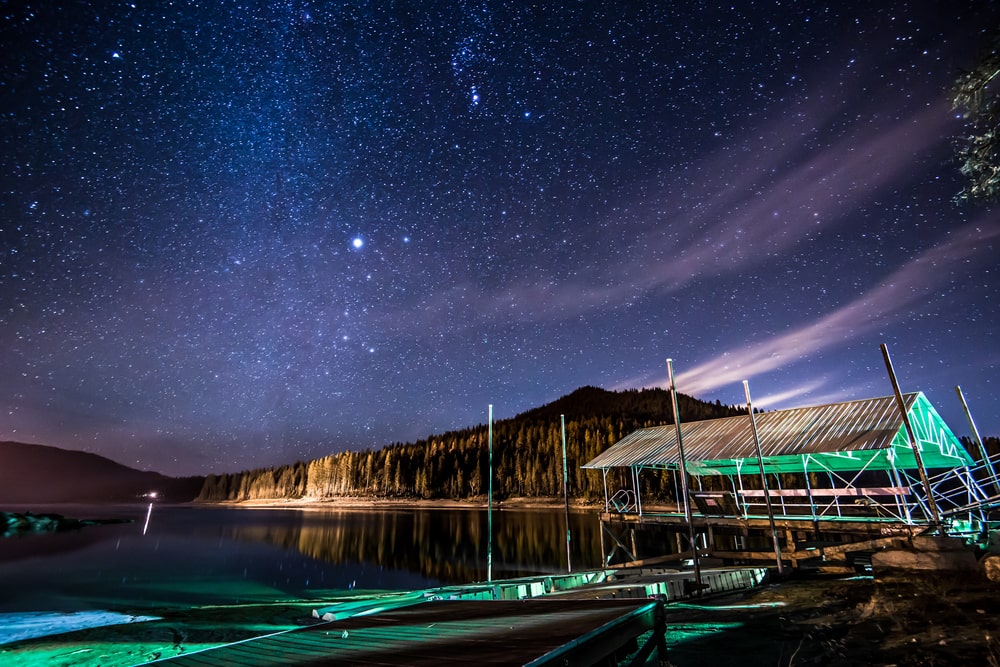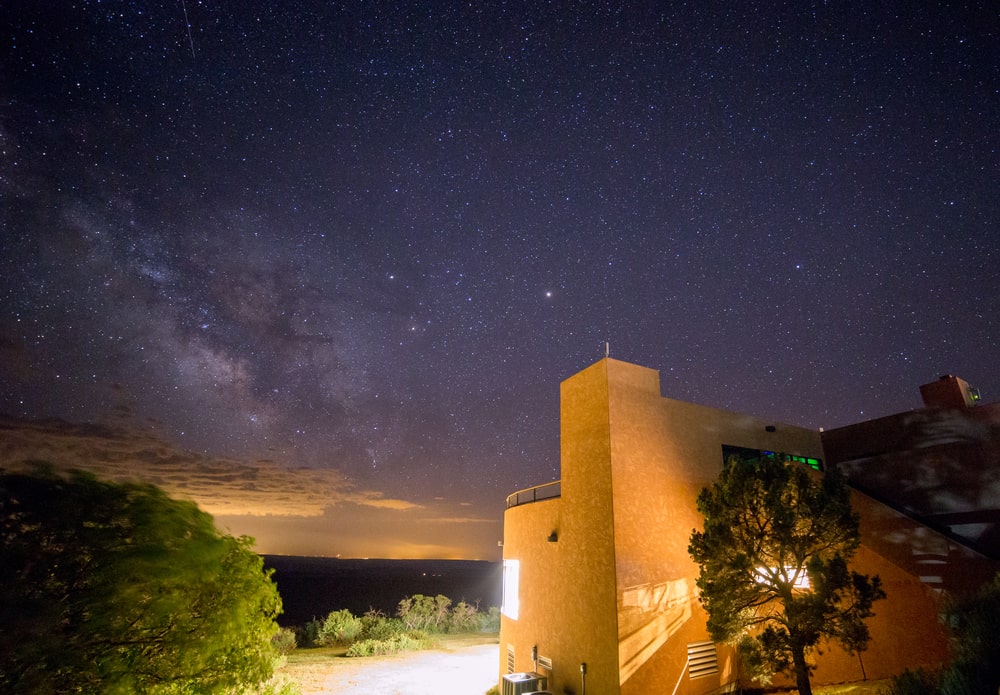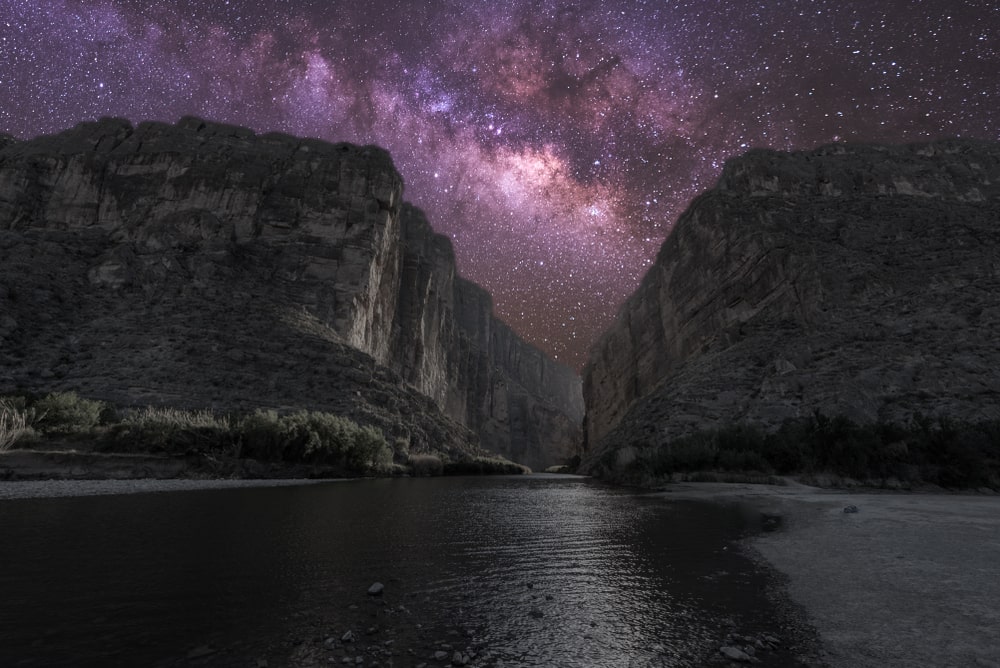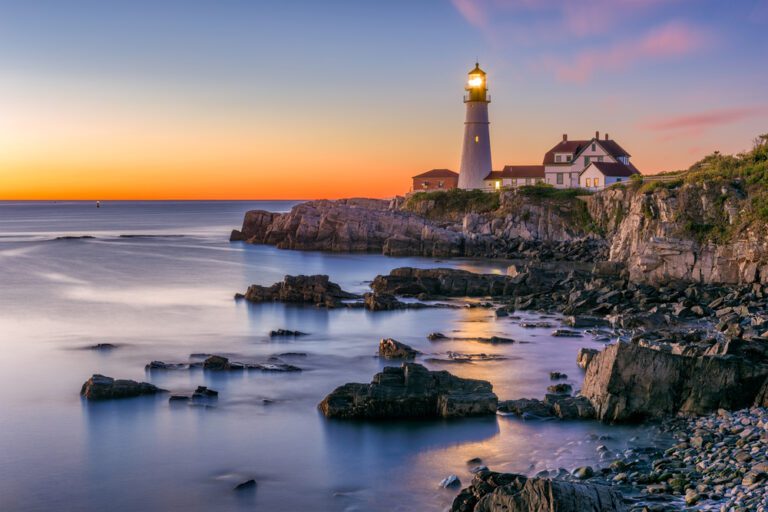Pack your bags!… Must See Places is taking you on an astro tourism adventure!
Today, we’re going on an exciting journey through the cosmos with some astro tourism adventures! If you’re passionate about stargazing and clear night skies, you’re in for a treat.
We’ve decided to explore the best destinations across the US where you can experience the wonders of the night sky like never before.
Astro tourism adventures offer a unique opportunity to get away from all the city lights and immerse yourself in the natural beauty of the night sky. Each one of the locations on our list promises unforgettable celestial experiences.
Whether you’re a fan of astronomy or just starting to explore the cosmos, these 7 astro tourism adventures cater to all levels of interest.
Get ready to gaze upon distant galaxies, witness bewitching meteor showers, and contemplate the vastness of space. So pack your telescope, grab your camping gear, and join us on a memorable journey through the stars!

Yosemite National Park, California
Yosemite National Park, located approximately 170 miles away from San Francisco, offers incredible views of the constellations in some of the region’s most popular stargazing spots, including Glacier Point, Olmstead Point, Washburn Point, Sentinel Meadow, and Cook’s Meadow.
If you visit between June and August, you’ll get a glimpse of amateur astronomers setting up telescopes at Glacier Point on Saturdays.
This Astro tourism adventure also has dedicated star programs like Starry Night Skies Over Yosemite, which is a walking tour in Yosemite Valley to learn more about the Milky Way galaxy, the moon, comets, meteors, and much more.
And there’s also a bus tour to Glacier Point, where you’ll be treated to an astronomy program under the stars.
Likewise, Moonbow is a seasonal adventure to search for rainbowlike phenomena that take place at night when the light from the moon refracts in moist droplets from the park’s waterfalls.
International Dark Sky Reserve, Idaho
Idaho is the only International Dark Sky Reserve location in the US. It spans over 1,400 square miles from Sun Valley to Stanley, which includes the lands in Blaine, Elmore counties, Custer, and the Sawtooth National Recreation Area.
It’s the 3rd biggest of 12 such reserves in the entire world. This astro tourism adventure is also home to Craters of the Moon National Monument and Preserve, which is roughly 20 miles southwest of Arco.
The Apollo astronauts explored the site’s lava landscape and learned the basics of volcanic geology to get ready for trips to the moon.
And if you’re already planning a visit, we recommend visiting Idaho’s International Dark Sky Reserve in August to see the Perseid meteor showers.
Joshua Tree National Park, California
Just imagine it: A vast stretch of whimsical rock formations and granite outcroppings punctuated by those famous Joshua trees and a night sky so dark and clear that it feels like you could simply yank the stars right out of the sky.
That’s what you’ll get on this astro tourism adventure! Located at the junction of two distinct desert ecosystems, the Colorado and the Mojave, the area features an otherworldly terrain, providing a spectacular setting for your celestial photos.
With practically no light pollution to be found and crystal-clear skies, a moonless night at Joshua Tree has nearly complete darkness, letting the Milky Way shine in all its glory.
We recommend planning your visit between the end of April and October, when the galactic core can be seen in the Northern Hemisphere, for the most incredible views of the Milky Way and other fascinating celestial bodies, like the Andromeda Galaxy, the Orion Nebula, and the Pleiades star cluster.
And let’s not forget the occasional meteor shower or shooting star to add a touch of cosmic luck to your well-timed pics!

Mesa Verde National Park, Colorado
Located in the southwestern corner of Colorado, Mesa Verde National Park has 600 ancient cliff dwellings and stunning views of millions of nighttime stars and galaxies. Back in 2021, the national park became the 100th certified International Dark Sky Park.
Celestial views can be seen on this Astro tourism adventure’s Far View Lodge and Morefield Campground, which also has ranger-led evening programs available, including one on how Ancestral Pueblo people relied on nighttime skies for planting and harvesting crops and following patterns of wildlife.
Beautiful dark skies can also be seen from overlooks inside the park, including Mancos Valley, Geologic, and the Montezuma Valley overlooks.
Cape Lookout National Seashore, North Carolina
The starry “sea” at Cape Lookout National Seashore can be found over the southern Outer Banks of North Carolina, where maritime forests, sandy shores, and adorable lighthouses reign supreme throughout the day.
But as the sun goes down below the horizon and twilight falls, the spectacular display of stars takes center stage. This Astro tourism adventure’s remote island setting, far from the bright lights of the big cities, forms the perfect conditions for inspiring night sky views.
With some of the darkest skies on the Eastern Coast, the sky over Cape Lookout National Seashore is constantly ablaze with countless twinkling planets, stars, and even the occasional meteor shower to supply visitors with a breathtaking backdrop for the park’s famous lighthouses.
This exceptional scene is what sets Cape Lookout National Seashore apart, offering travelers an unmatched opportunity to capture the beauty of the environment.
Mammoth Cave National Park, Kentucky
You’ll find Mammoth Cave National Park in central Kentucky, and it’s home to the world’s longest-known cave system, with more than 400 fascinating miles of explored passageways.
While this underground maze is clearly the park’s main attraction, the night sky above has us just as impressed. This contiguity of the caves and the night sky offers a unique opportunity for photographers.
On this astro tourism adventure, you’ll find yourself in a world of contrasts, where the earth’s hidden depths meet the cosmos’ limitless expanse.
While the underground wonders of the cave system deliver an outstanding peek into our geological history, the sky above displays the magnificence of the universe, serving as a humbling reminder of our spot in the cosmos and enlightening us to admire the celestial dance that unfolds each night in this beautiful place.

Big Bend National Park, Texas
With its impressive geographical features and dark skies, Big Bend National Park offers much more than a “Lone Star!”
Tucked away in the isolated reaches of West Texas, Big Bend National Park is a land of contrast, where towering mountains give way to dry deserts and lush river valleys.
Whether viewing the night sky over the Chisos Mountains or through the Santa Elena Canyon, this scenic landscape on this Astro tourism adventure provides a spectacular backdrop. So be sure to pack a camera for this trip!
As one of the least light-polluted national parks in the lower part of our country, its clear skies accentuate the Milky Way as it blazes above a rough, untamed landscape.
Big Bend’s distinctive location also offers glances of other bewitching celestial bodies, like the Orion Nebula, the Andromeda Galaxy, and the Pleiades star cluster.
Have you ever been on an astro tourism adventure? If so, be sure to leave a comment for our readers below to let them know of your experience. And if you haven’t been, which of these beautiful locations will you be visiting first?
Also, if you enjoyed this post, Must See Places has many more adventures for its readers. For instance, did you know about these 8 Historic Wild West Settlements You’ll Want to Add to Your Bucket List?














